Focus on DRC: The Real World: Congo
By Rachel Lyn Okun
SFCG integrates media programming into all country programs to reach across the society as broadly as possible. In the Democratic Republic of Congo we’re using reality television in a dramatically different way: to start a youth movement and find local solutions to local problems.
DRC youth are angry at their politicians, frustrated with corruption and the status quo, and economically marginalized. And so in 2008, SFCG launched Tosalel’ango, which means “Let’s Do It!” in Lingala, the main language of Kinshasa and many other urban areas in the DRC. The show seeks to channel frustration and anger into actionable positive change in local communities.
Tosalel’ango stars a local rap artist named Patcha Bay. Congolese youth (18-29) contact the show with an issue they want Tosalel’ango to focus on. The producers match two people with the same issue, called “Challengers,” and give them the chance to find a solution. The show is a hit: 21% of Congolese youth watch it, about 6 million people. What makes the show work? It lets young people know they are not alone, that their problems are shared, and it shows their peers standing up to make a difference. They may not succeed at solving DRC’s infrastructure problems, but they can get a main road in their city repaired.
The show demonstrates how young people can make a difference in their own lives and communities. Two episodes that have garnered much attention are:
Support for children born of rape in South Kivu: In Eastern Congo, children born of rape are often orphaned or abandoned. Because many of the rapists are assumed to be “Rwandan Rebels,” the children are born during wartime to unwilling mothers; in many cases they do not receive Congolese birth certificates. Many end up in community-organized orphanages and grow up without citizenship in either Congo or Rwanda. Their marginalized status makes them vulnerable to recruitment by armed groups. The Challengers were moved by the case of children at one of these orphanages. Speaking with lawyers, the Challengers learned that a child born of a Congolese mother — even out of rape by a foreigner — has the right Congolese citizenship. Challengers lobbied the customary leader (who has the right to register births to visit the orphanage) to take on the responsibility of registering the children. He eventually accepted and a registration session was organized where all the orphans had their births and citizenship registered retroactively.
Children working in the mines of Kolwezi (Katanga): In this episode, Challengers asked why children continue working clandestinely in mines despite the laws against their labor. As part of their corporate social responsibility, mining companies pay large royalties to the state that it may support underprivileged children but do little to stop child labor directly. Challengers also asked what measure the government was taking to prevent child labor and where the funds from the companies were going. The Challengers met with children working in mines and found that they were often sent by impoverished parents. The problem, they learned, was more complex than it had first seemed. The episode culminated with the signing of an accord by government officials, mining companies, parents and local NGO’s to work together for a more holistic process to prevent child labor in mines.
The producers hope the show will catalyze a youth movement. After episodes air, viewers email, call and text the various ways that they are dealing with similar problems and copy-cat problem solvers spring up. Now in its third season, Tosalel’ango will focus on the challengers who have been inspired by the earlier episodes.


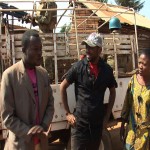
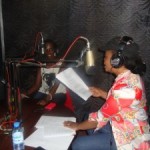

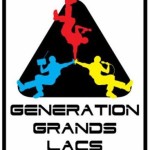
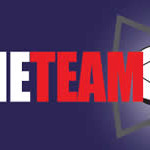
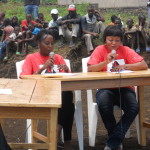


Trackbacks and Pingbacks